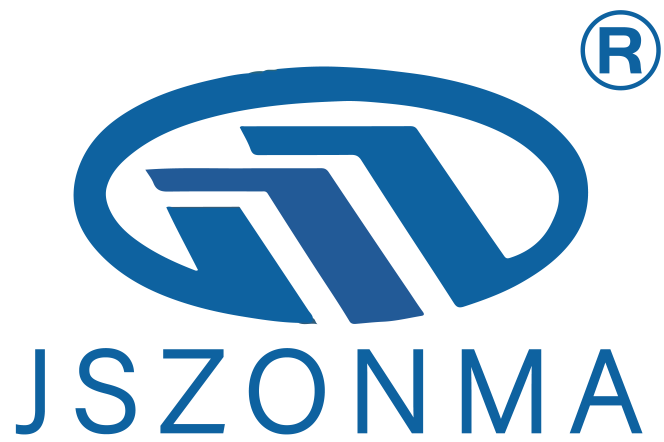What Are the Key Features of a Dry-Type Transformer?
Insulation Technology and Cooling Methods
Dry type transformers rely on solid insulation materials like epoxy resin or varnish to wrap around their windings. The purpose here is pretty straightforward really these materials shield the inner parts from getting damaged by moisture, dust particles, and all sorts of stuff floating around in the environment. When we compare them to oil filled transformers, there's a big difference in how they stay cool. Dry transformers basically depend on air circulation either through natural convection where warm air rises on its own or via forced ventilation systems that blow air across them. This method of cooling significantly cuts down on fire hazards which explains why many facilities choose dry transformers when installing equipment indoors or in areas where safety standards are particularly strict.
The air cooling system can be natural, where heat rises and disperses naturally, or forced, involving fans to accelerate airflow. This ensures that the transformer operates within safe temperature limits, maintaining reliable performance and extending its service life.
Safety Features and Environmental Benefits
Safety stands out as a major advantage when it comes to dry type transformers. These devices skip the whole oil business entirely, which cuts down on fire risks dramatically. No flammable liquids means no potential fuel source sitting around waiting for something bad to happen. That's why we often see them installed inside places where people gather in large numbers. Think about hospitals where patients need uninterrupted power, or schools filled with children during class hours. Even shopping malls and subway stations rely on these safer alternatives because nobody wants an electrical fire breaking out in crowded spaces.
Additionally, the absence of oil eliminates concerns about oil leaks or spills that could contaminate soil or water sources. This oil-free design aligns well with environmental regulations and sustainability goals, making dry-type transformers an eco-friendly choice for modern power distribution.
Maintenance and Durability Characteristics
Dry-type transformers require minimal maintenance compared to oil-immersed types. Without oil, there is no need for periodic oil testing or leak detection. Routine maintenance generally includes visual inspections and cleaning of air filters or cooling vents to ensure unobstructed airflow.
The solid insulation provides excellent mechanical strength and resistance to environmental stressors such as humidity, temperature fluctuations, and chemical exposure. This durability allows dry-type transformers to perform reliably over long periods, often exceeding 20 years with proper maintenance.
Performance and Practical Considerations
Noise Levels and Physical Size
Dry-type transformers typically generate more noise than oil-filled transformers due to the air cooling mechanism. The lack of oil, which dampens sound, means that noise reduction requires careful design of cooling systems and housing.
These transformers are also generally larger and heavier for the same power rating because solid insulation and air cooling require more space than oil-based systems. However, ongoing improvements in materials and design have helped reduce size and noise levels, expanding their application range.
Versatility Across Applications
The inherent safety and environmental advantages make dry-type transformers ideal for a variety of settings. They are widely used indoors in commercial buildings, healthcare facilities, schools, and transit hubs where fire safety and environmental protection are paramount.
In addition, dry-type transformers perform well in harsh environments like coastal areas and wastewater treatment plants, where moisture and chemicals could degrade oil-filled transformers.
Compliance with Standards and Regulations
Dry-type transformers meet stringent international standards for electrical safety, fire resistance, and electromagnetic compatibility. Certifications such as IEEE, IEC, and UL ensure these transformers conform to requirements across different regions and industries.
Their compliance with these regulations makes them a trusted choice for modern infrastructure projects, renewable energy installations, and industrial applications that demand reliable, safe power distribution equipment.

Innovations in Dry-Type Transformer Technology
Smart Monitoring and Maintenance
Modern dry-type transformers increasingly feature integrated sensors to monitor temperature, humidity, and load conditions. This data enables predictive maintenance, reducing downtime and extending equipment lifespan by addressing issues before failures occur.
Advanced Materials for Improved Performance
New insulating resins and composite materials offer better thermal conductivity and environmental resistance, enhancing transformer efficiency and durability while minimizing environmental impact.
Hybrid Cooling Techniques
Some recent designs incorporate hybrid cooling solutions that combine air and limited liquid cooling. These hybrids improve thermal management without compromising the safety benefits of oil-free operation, enabling higher power density and efficiency.
FAQ
Why is a dry-type transformer safer than an oil-filled one?
Because it contains no flammable oil, greatly reducing fire risk, especially indoors.
How does a dry-type transformer cool itself?
Primarily through air cooling, using either natural convection or fans for forced ventilation.
Can dry-type transformers be used in harsh environments?
Yes, their solid insulation protects them from moisture, chemicals, and temperature variations.
What maintenance is required?
Mainly cleaning and inspection of vents and filters; no oil testing or replacement is needed.

